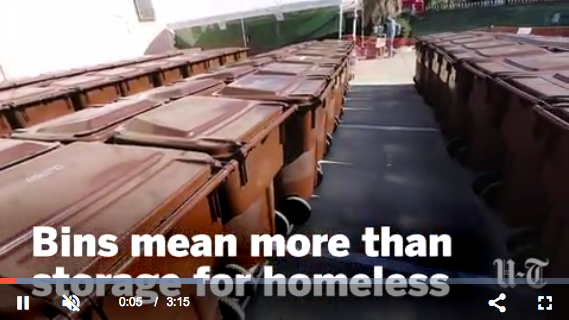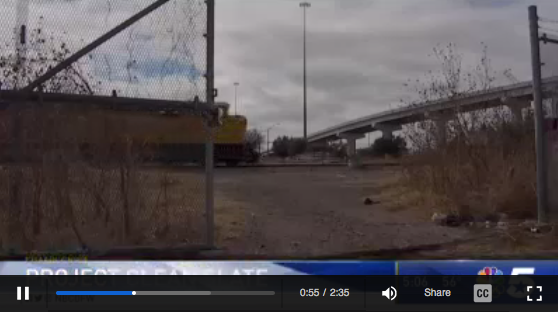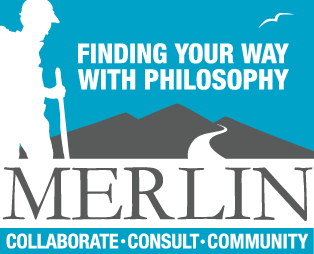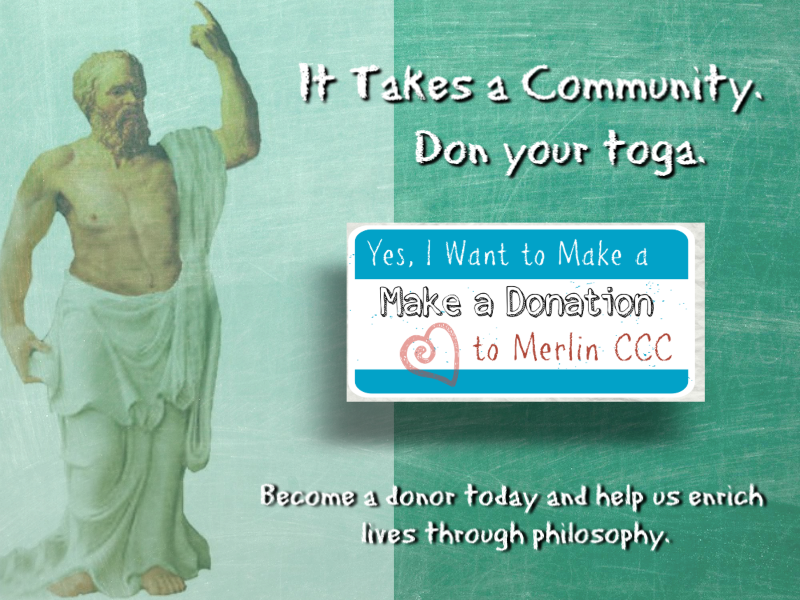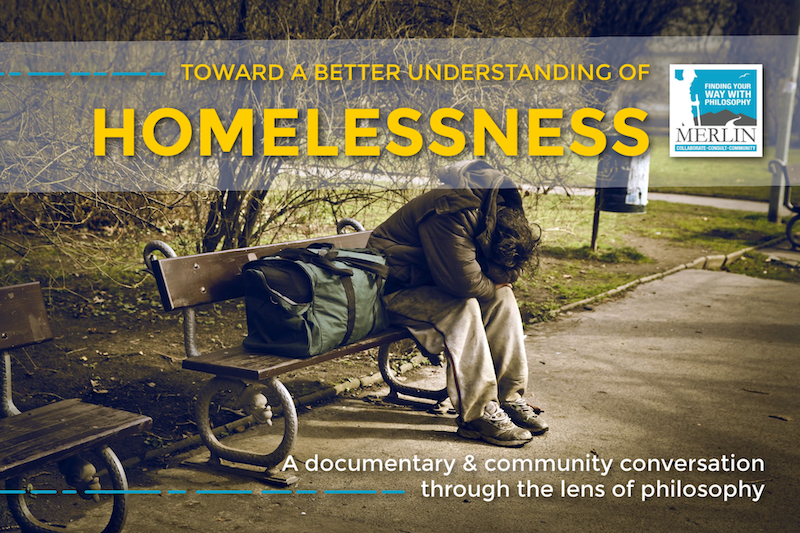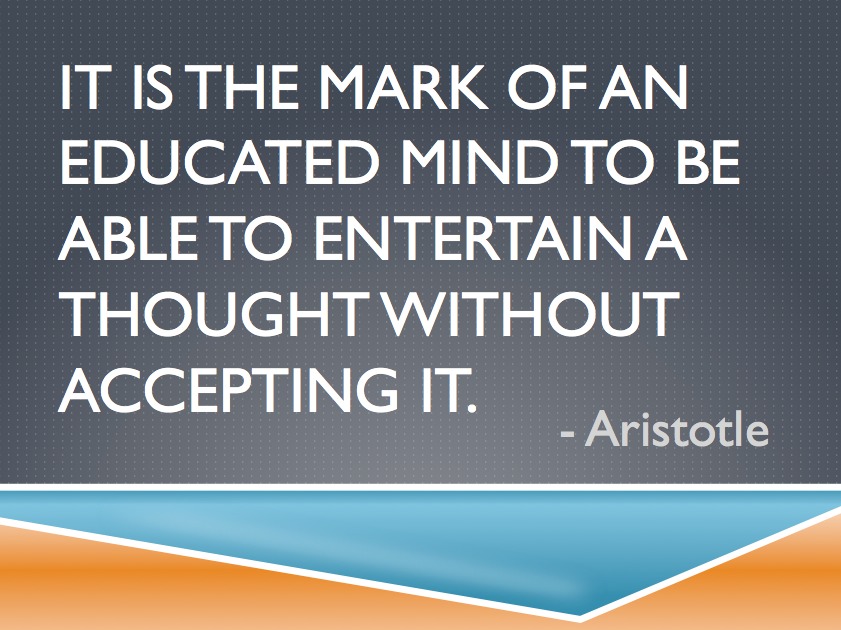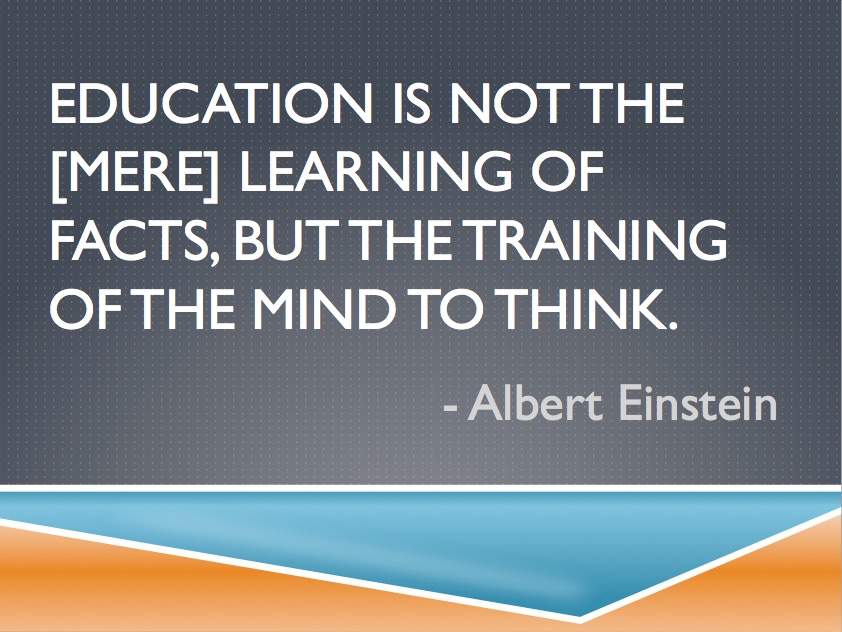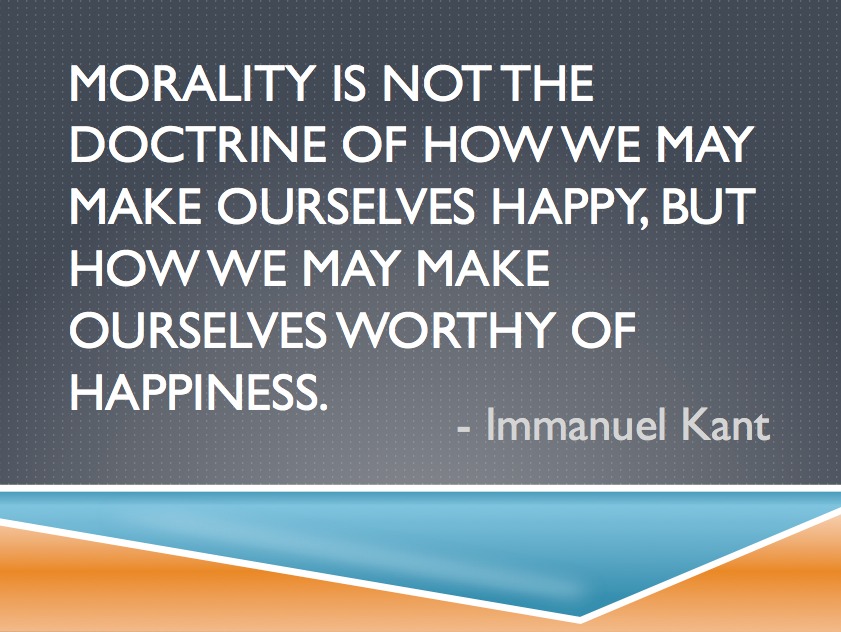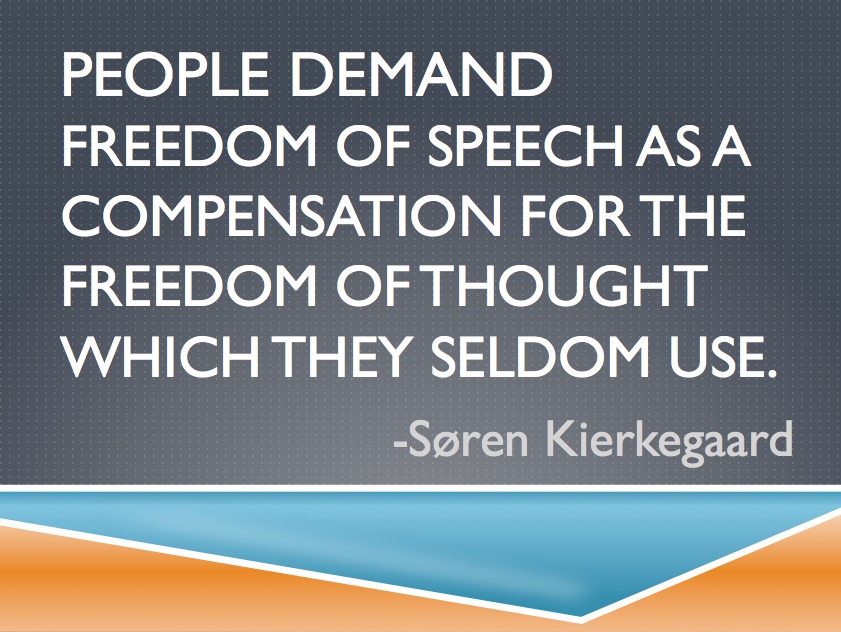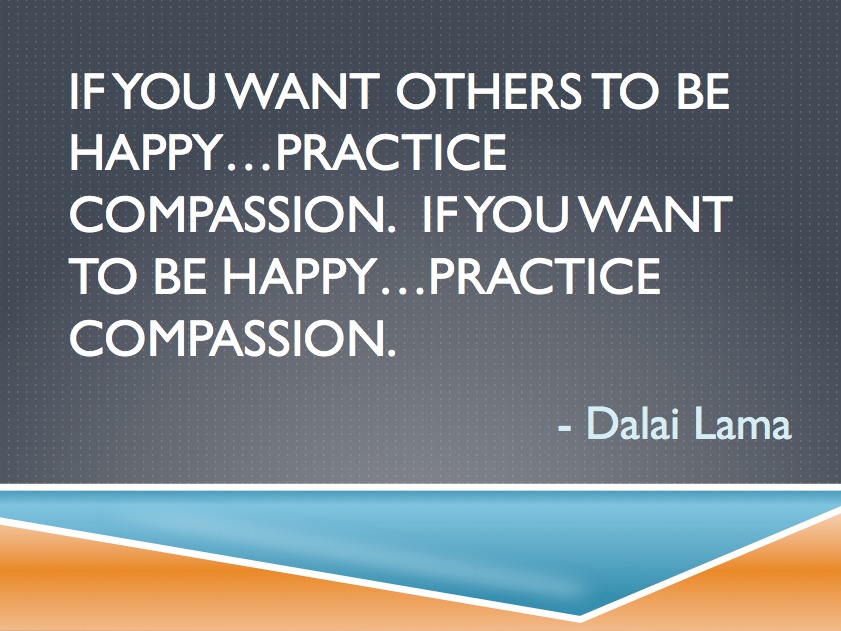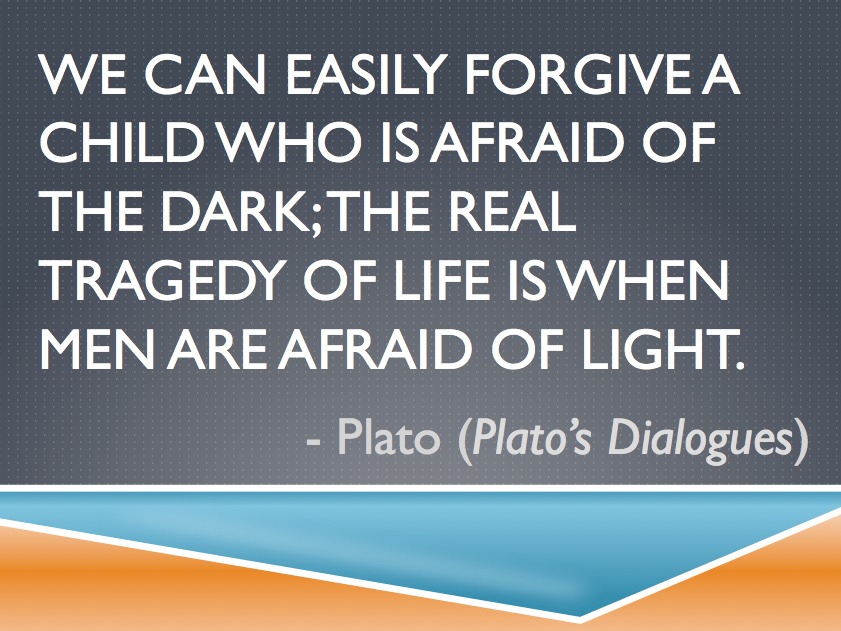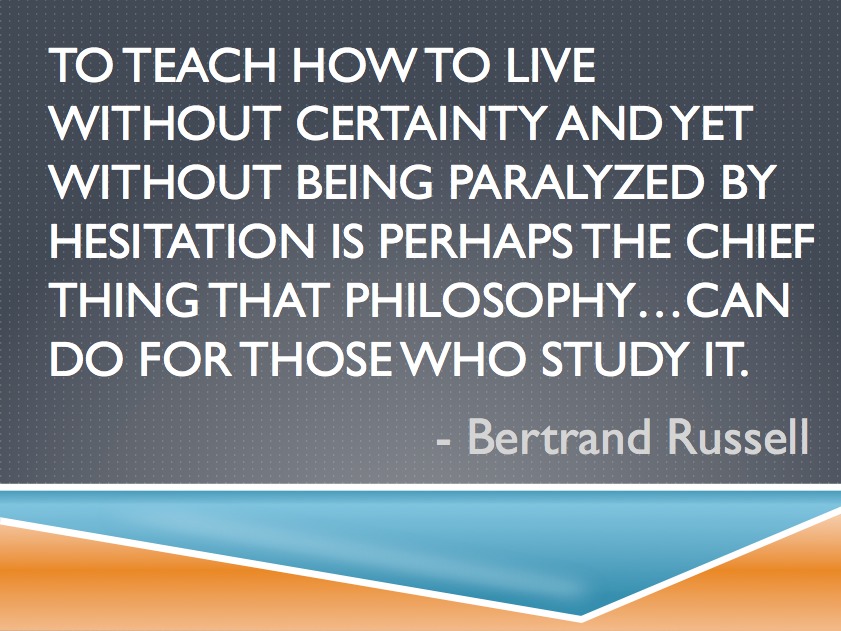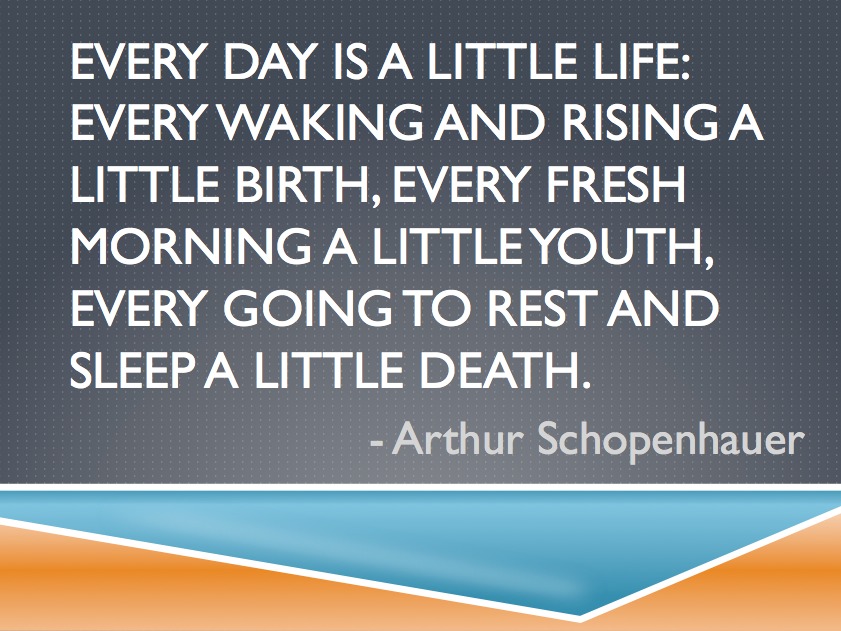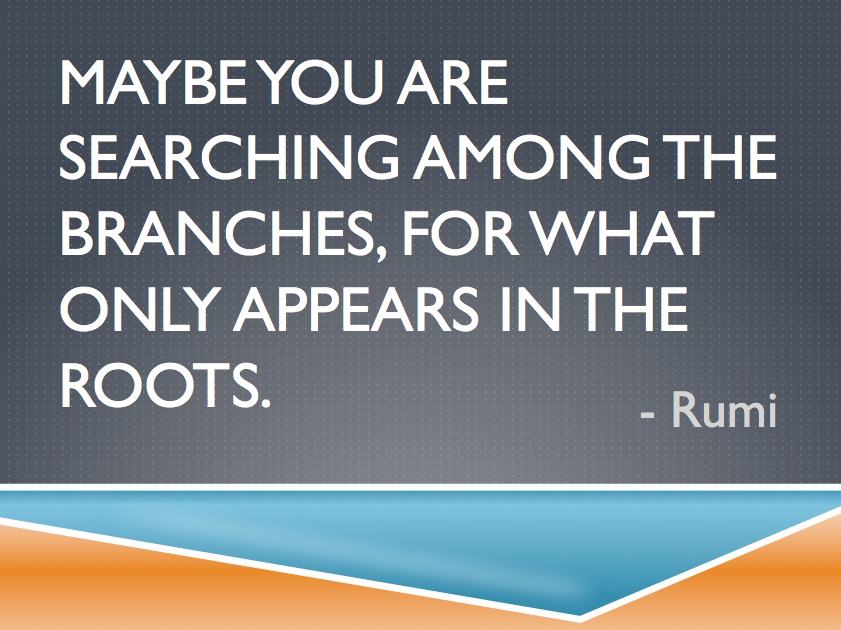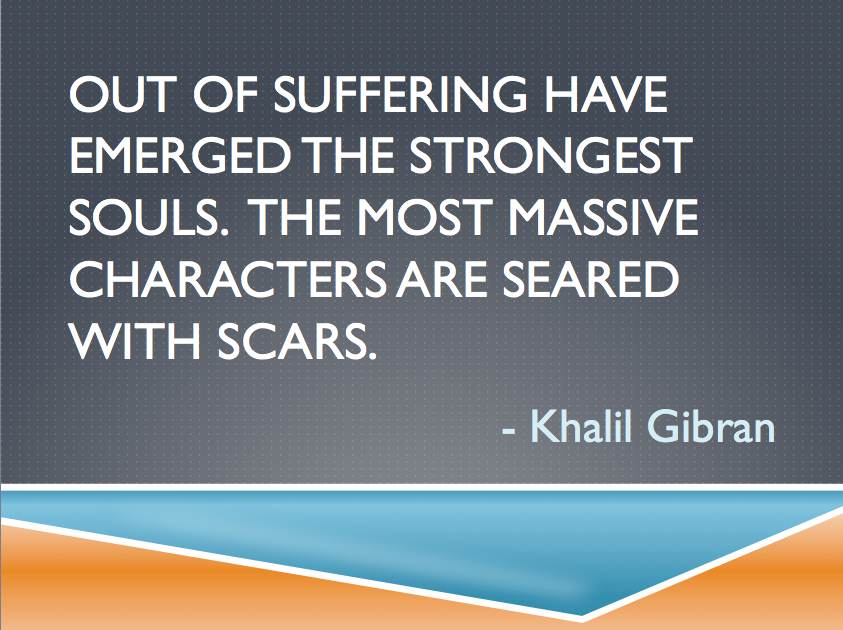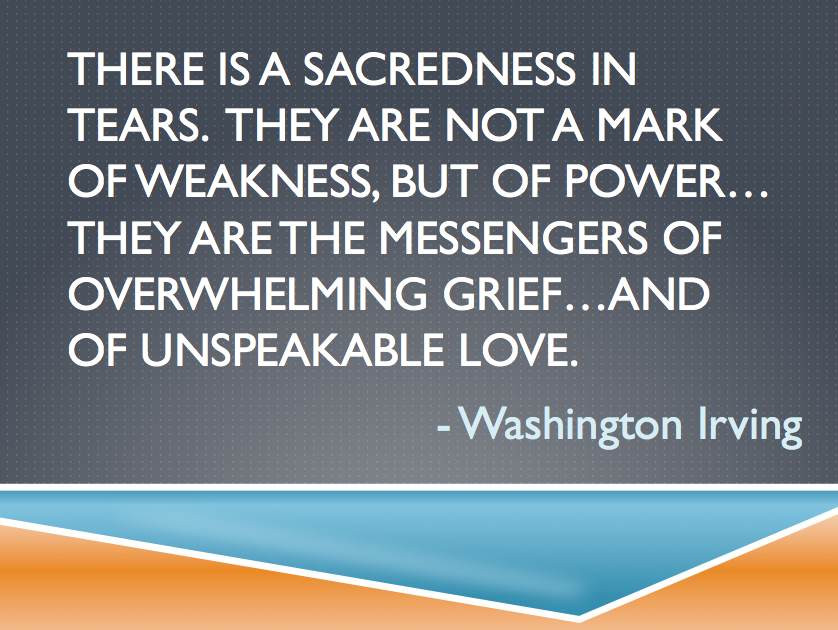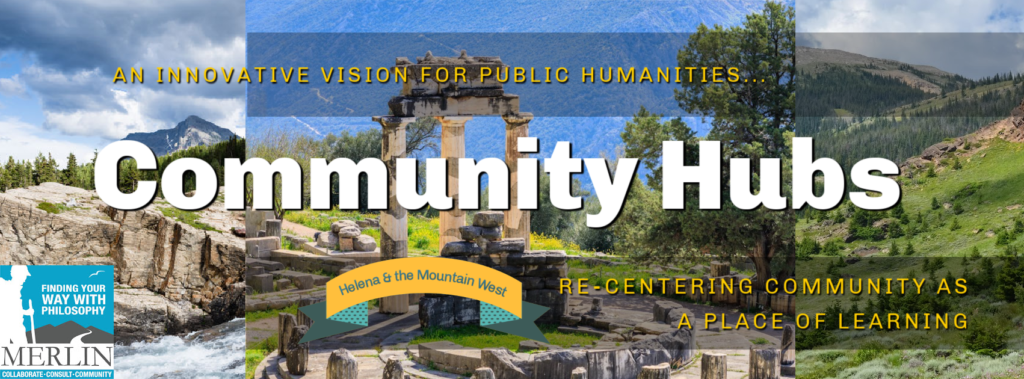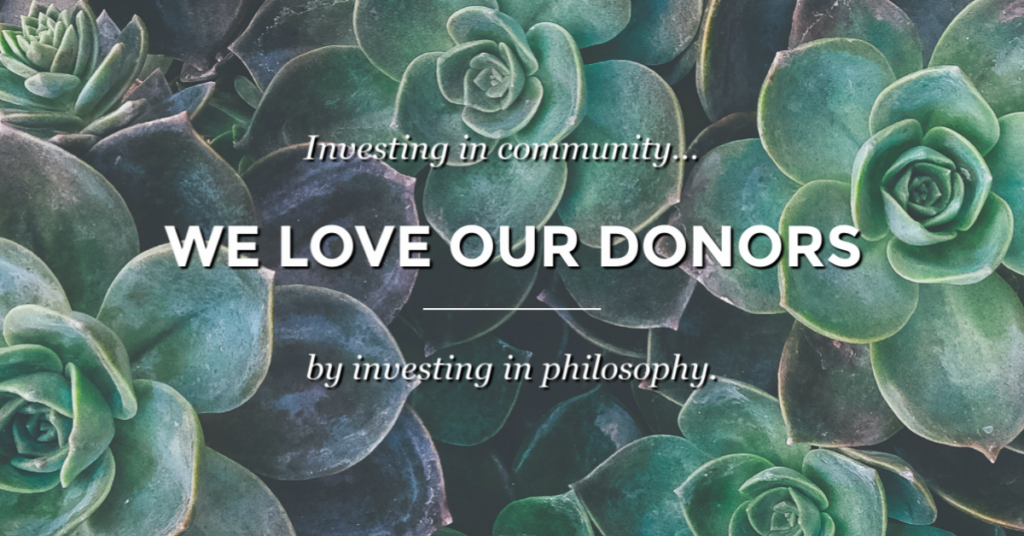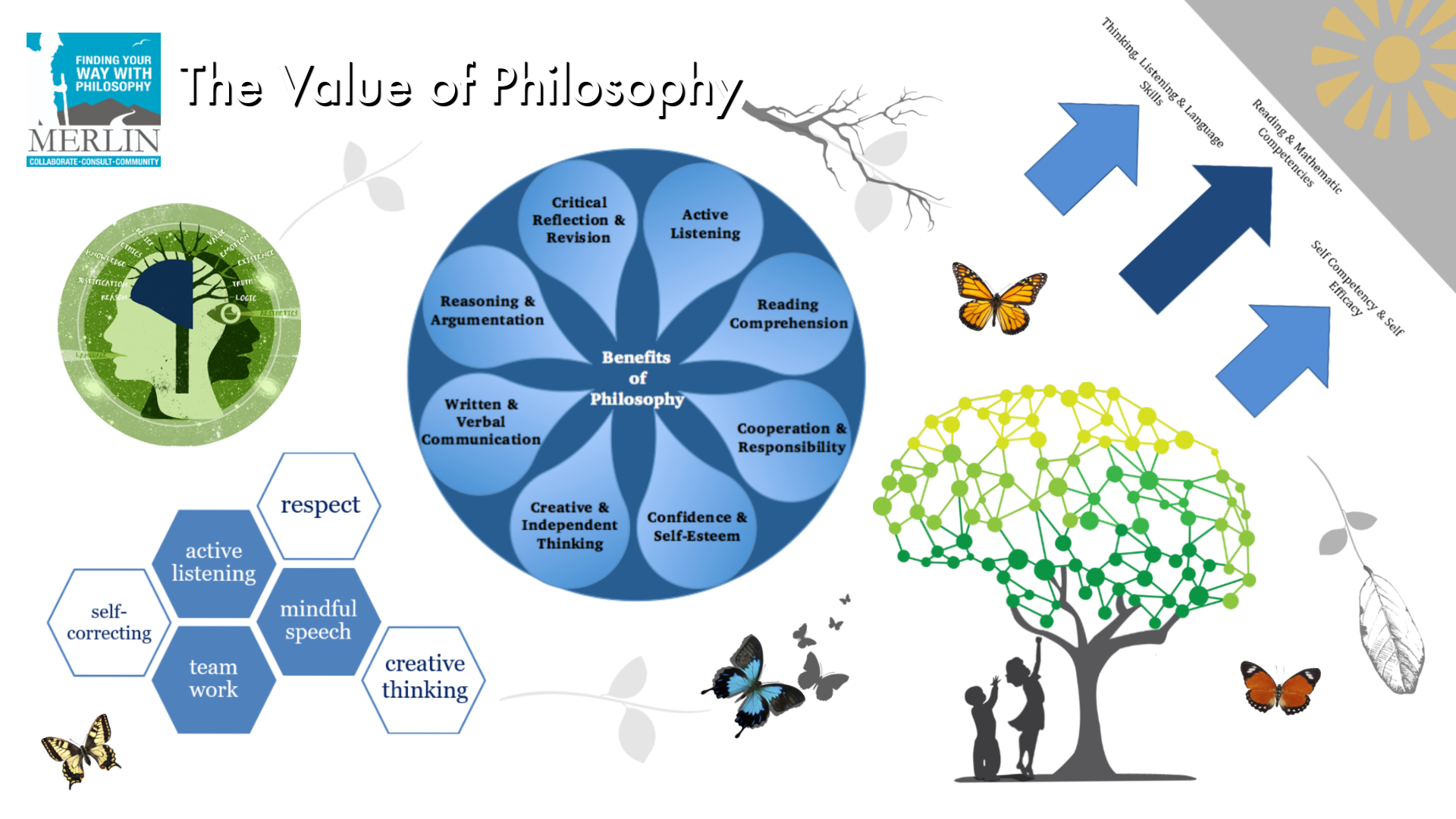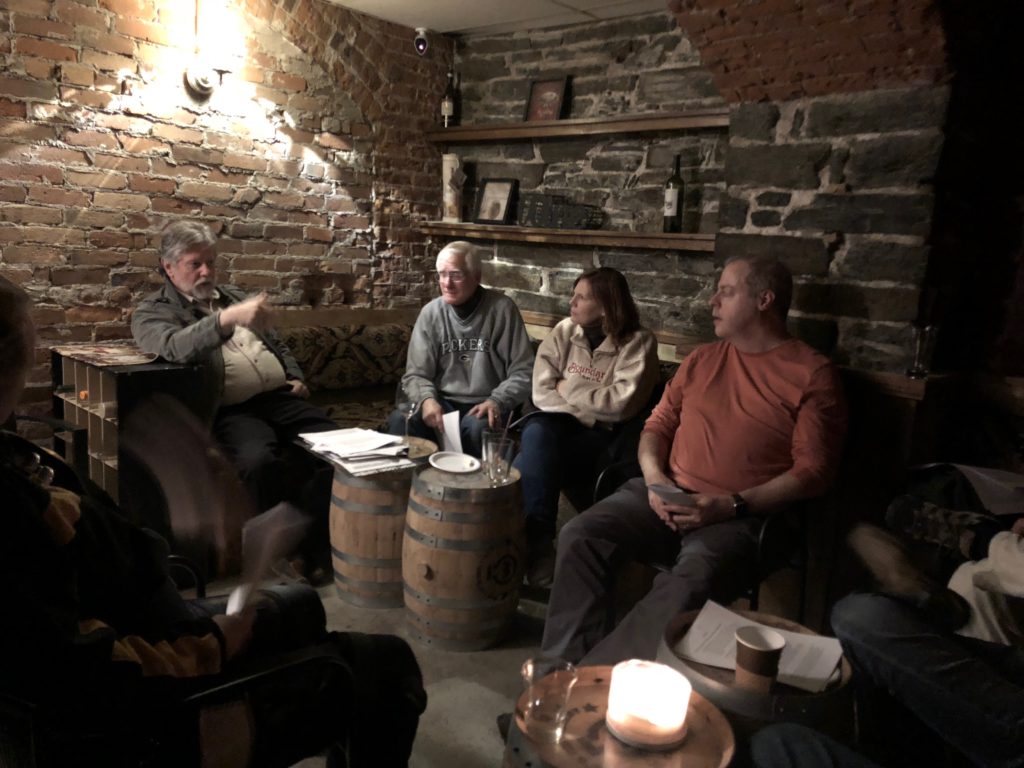 In Part 1 and Part 2 of our Think & Drink discussions on the moral dimensions of homelessness, we looked at: (1) the concept of ‘home’ – i.e., what is meant by ‘home’ and what sorts of things are at stake when our sense of ‘home’ is compromised, (2) intersubjectivity and the human connection, and (3) three common approaches to homelessness — the difference approach, the liberal approach, and the care approach.
In Part 1 and Part 2 of our Think & Drink discussions on the moral dimensions of homelessness, we looked at: (1) the concept of ‘home’ – i.e., what is meant by ‘home’ and what sorts of things are at stake when our sense of ‘home’ is compromised, (2) intersubjectivity and the human connection, and (3) three common approaches to homelessness — the difference approach, the liberal approach, and the care approach.
In this month’s gathering we assessed our current belief systems and city structure, and then looked at numerous local grassroots solutions to help address some of the challenges of homelessness based on these. We also considered some causal factors of homelessness (relative to larger scale responses) and some of the ethical dilemmas surrounding the policing of homelessness by asking what the role of police is/ought to be and what sorts of things cities can do to be of help. Below are some of the questions we asked, as well as examples of multi-functional grassroots ideas that other cities have implemented as one part (of a larger set) of responses to homelessness.
Some Questions We Explored
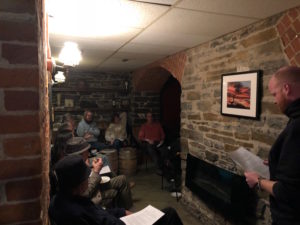 Litmus Test for Helena, MT Questions
Litmus Test for Helena, MT Questions
- When you think of “public space” what sorts of things do you envision? Are there certain things you feel ought to be allowed/not allowed in public space? And if so, why or why not?
- What do you think the average view is here in Helena relative to the use of public space by the homeless?
- What are Helena’s current policies regarding public space use (for those who are homeless)? Are there certain things that are permitted/not permitted (e.g., sit-lie laws)?
- How do you feel our city is designed relative to multi-purpose use? Do you see it as “homeless-friendly”? Or “anti-homeless”? For instance, architecture that is oft thought as “hostile” relative to its friendliness (or lack thereof) to homeless populations include:
- Garbage Cans: The combination of an exterior casing, a fixed rain hood, and a locking mechanism makes it almost impossible to easily pick trash or recyclables from such cans.
- Benches: Armrests and other dividers functionally break up the seating surface and discourage the bench’s use as a bed. Other designs that perform this anti-sleep function include sloping surfaces and bucket seating.
- Ledges & Stoop Spikes: Often placed in various locations to prevent sitting or sleeping.
- Shaded Areas: Architecture that provides no shelter from rain, snow, sun etc. (e.g., bus stops with no toppers).
- Restrooms/Hygiene Stations: Made available only to paying customers, removing public restrooms from parks, other altogether.
- Water Fountains: Disabled during night hours, removing from parks altogether.
Some possible Solutions: Remove “exclusive” architecture & replace with “non-hostile” architecture that allows for individuals who are experiencing homelessness to tend to basic needs and shelter in public spaces; Offer educational forums to discuss & explore conceptions of public-private space and inclusive-exclusive design, policies; Other. Even if these measures don’t address the root problem(s), do you feel that they are important steps to take and actively promote as a city?
Policing Questions
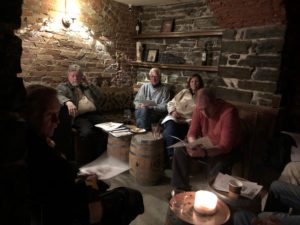 According to moral/social philosopher John Kleinig, “homelessness expresses in various ways the failure of a larger society to respond effectively to local and wider, individual and social, factors…While we may, if we choose, foster a society in which their presence is disregarded…there is a much stronger argument for claiming that their needs generate a claim upon [all] of us to do what we can to alleviate their situation and remove its causes. Whatever the case, the police find themselves at the interface of this failure, a failure that cannot rectify on their own, but which they have to mediate…What should they do?” What is their role and how, as cities, can we properly equip police with the skills and support systems they might need to fulfill their duties? What is the appropriate model for policing relative to homelessness?
According to moral/social philosopher John Kleinig, “homelessness expresses in various ways the failure of a larger society to respond effectively to local and wider, individual and social, factors…While we may, if we choose, foster a society in which their presence is disregarded…there is a much stronger argument for claiming that their needs generate a claim upon [all] of us to do what we can to alleviate their situation and remove its causes. Whatever the case, the police find themselves at the interface of this failure, a failure that cannot rectify on their own, but which they have to mediate…What should they do?” What is their role and how, as cities, can we properly equip police with the skills and support systems they might need to fulfill their duties? What is the appropriate model for policing relative to homelessness?
- Order Maintenance Role? Is the role of the police akin to “order maintenance” or “social sanitation” (as the 1985 Amtrak policy argued), with the primary role of the police (as it concerns the homeless) “to clear the streets or other public places of homeless residents and their belongings so that the rest of the society may go about their lives unchallenged and unoffended?”
- Enforcement Role? Is the role of the police the “more limited role of the strict enforcement of rules and regulations relating to the use of public space, leaving the homeless to be so long as they do not violate any ordinance?”
- Social Servant Role? Is the role of the police that of a social servant (or social peacekeepers, peace officers), “akin to amateur social workers, providing some kind of psychological and social support, liaising with other agencies and groups that are able to assist in an extended way?”
If enforcement and social peacekeeping are the primary functions of police, what sorts of measures can cities take to help police fulfill their roles? Mental health awareness & best practice handling training? Resources (funding) and social agency/community organization assistance (for help with short & long-term solutions coordination for the homeless)? Other? To whom are the police answerable? Otherwise stated: what is their constituency?
Some Grassroots Responses
There are numerous grassroots avenues that cities have taken in response to homelessness. Here are just a few examples.
- Shelter Benches: A Vancouver charity, RainCity Housing, is giving homeless people some dry coverage and a place to rest by converting city benches into pop-up shelters.
- Transitional Storage: San Diego has been offering transitional storage to the homeless since 2011. Besides helping keep sidewalks clear and protecting property from being stolen, the new facility allows homeless people to look for work and go to other appointments.
- Composting Toilets: Incorporating composting toilets into public spaces can help to address the basic sanitary needs of the homeless and are also economical, environmentally-friendly & weather-adaptable.
- Sleeping Pods & Villages: Portland, OR architects joined Portland State’s own students in designing “sleeping pods” that would eventually become part of a village called Hazelnut Grove. Sleeping pods help to address the “roof over one’s head” concern and villages help to address the importance of community. Some housing advocates see these village models as less expensive and more effective alternatives to homeless shelter projects.
- Tiny Homes & Resource Centers: Compassion Village is a grassroots collaborative movement between E49 Corporation, local Pastors and Churches and Compassion Enterprises, focused on mobilizing churches in partnership with businesses and the community in the Sacramento Region to address homelessness by building Tiny Homes and rehabilitating under-utilized church properties as resource centers.
- Clay House Complexes: The project aims to achieve low-cost low-impact housing solutions and to test the prototype which was built to serve as a home for homeless children as part of the activity of Volontariat, an NGO in Pondicherry, India.
- Transitional Training/Employment Opportunities: There are a number of innovative training/occupational programs that have been developed. Here are a few examples:
- Homeless Garden Project: The Homeless Garden Project provides job training, transitional employment and support services to people who are experiencing homelessness. HGP’s vibrant education and volunteer program for the broad community blends formal, experiential and service-learning. The programs take place on a 3-acre organic farm in Santa Cruz, CA and related enterprises. The program serves and depends on a community volunteers, interns, customers, and trainees who form strong bonds through the work. This “strengthened” community breaks down the profound sense of isolation felt by many people experiencing homelessness. Together, they work toward common goals that impact individuals as well as other local agencies and services.
- The Empowerment Plan: A Detroit based nonprofit organization focused on permanently elevating families from the generational cycle of homelessness. They hire single parents from local shelters and provide them with training & full-time employment as seamstresses so that they can earn a stable income, find secure housing, and regain their independence. The coats are designed to meet the needs of those in the homeless community and can transform into a sleeping bag at night or an over- the-shoulder bag when not in use.
- Clean Street Programs: Numerous cities have started to implement programs aimed at helping keep streets clean and employ the homeless. For example:
- Fort Worth, TX: The city of Fort Worth has been trying out a new way to get homeless people back on their feet, while cleaning up the city at the same time. So far, it’s working. A program called Clean Slate, which is funded by the city and run by the Presbyterian Night Shelter, pays the area’s homeless to collect trash. Employees are welcome to work for the program as long as they want, but the long-term goal is to help them use the opportunity as a steppingstone to transition into the workforce.
- Albuquerque, NM: In 2015, Albuquerque, N.M., started paying panhandlers $9 an hour to pull weeds and clean up trash around the city, making it one of the first cities to offer such a program. More than 400 panhandlers took up the offer for work within 14 months of the program’s inception, and it has grown since.














Some Additional Resources
- August 2018 Philosophy Think & Drink: Moral Dimensions of Homelessness (Special Topic – Part 1)
- September 2018 Philosophy Think & Drink: Moral Dimensions of Homelessness (Special Topic – Part 2)
- “How Anti-Homeless Agendas are Built into Public Space” (Georgia Tech Center for Urban Innovation)
- “Planning Public Spaces to Drive Health Equity” (Meeting of the Minds)
- John Kleinig, “Policing the Homeless: An Ethical Dilemma” Journal of Social Distress and the Homeless 2:4 (1993), pp. 289-303
- See the section above for links to each of the various grassroots programs explored
Thank you to the Philosophy Learning & Teaching Organization (PLATO) for supporting philosophy in the community and helping us bring activities like these to the Helena community!

